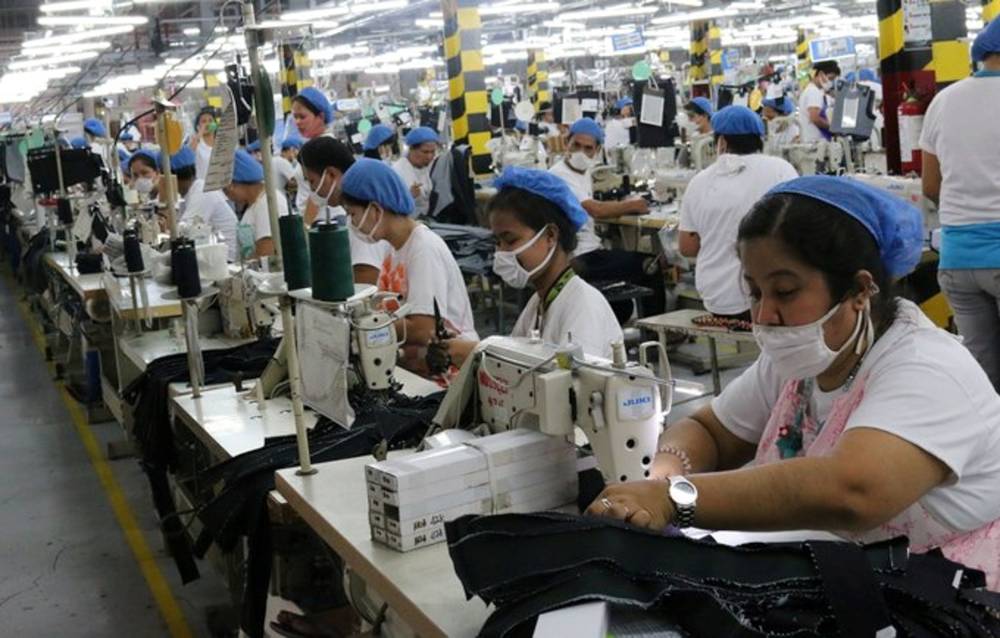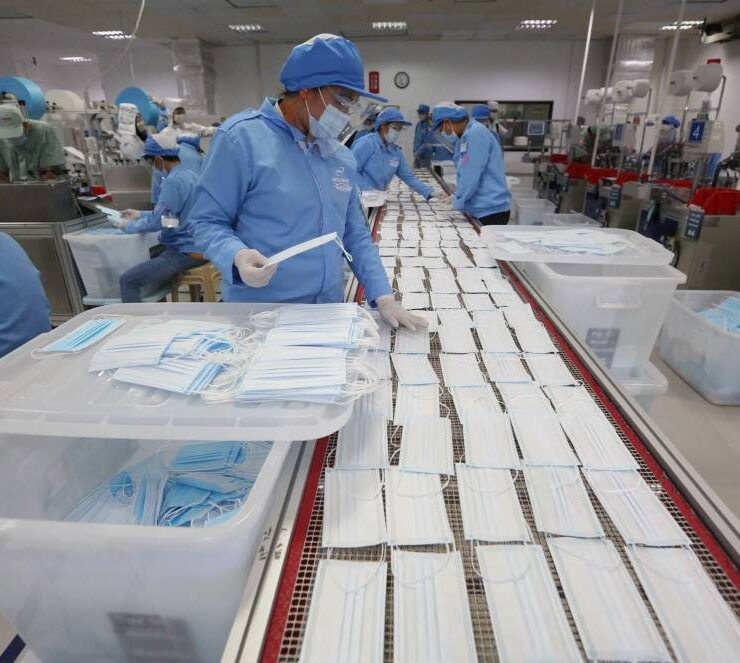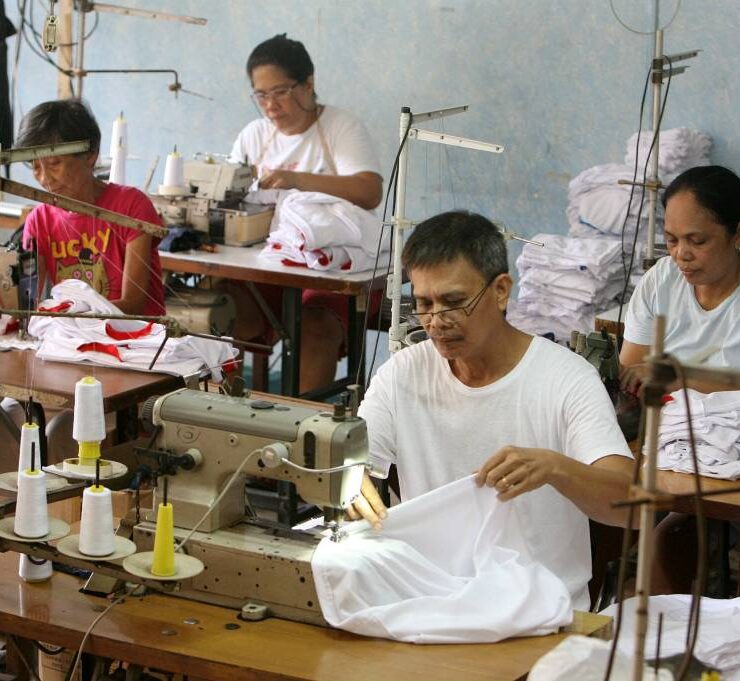PH factory activity inched up in October

Philippine factory activity inched up in October, as manufacturers reported improved business confidence for the next year, despite muted demand and production cuts as exports contracted sharply.
A survey of around 400 companies showed the Philippines’ Purchasing Managers’ Index (PMI) picked up slightly to 50.1 from 49.9 in September, S&P Global said on Wednesday.
This kept the index above the 50-point threshold that separates growth from contraction.
According to the report, the slight recovery came even as both production and new orders remained weak amid sluggish demand and adverse weather conditions.
“A closer examination of the Philippines PMI data revealed a mixed picture in October. The two largest segments, new orders and output, indicated further declines,” S&P Global Market Intelligence economist Maryam Baluch said.
Export orders fell for the first time since May and at the sharpest pace in a year. The decline comes three months after the United States imposed a 19-percent tariff on Filipino goods.
S&P also linked falling new export orders to the tariffs, noting similar declines in other countries, such as India, where orders fell to an 11-month low.
Philippine manufacturers reported a sharper decline in new factory orders, leading to the first drop in purchasing activity in 22 months.
Output and new orders, according to the report, have “failed to record any growth for a second consecutive month, a trend not seen in over four years.”
Baluch also noted that the manufacturing sector has remained in sluggish territory for most of the second half of the year, and that any recovery would depend on efforts to stimulate consumer demand.
Still, manufacturers are more optimistic about output levels over the next 12 months, as employment rose for the third consecutive month, reaching a three-month high.
“On a more positive note, manufacturers grew more optimistic about their growth prospects for output in the coming year,” Baluch said.
Meanwhile, S&P reported that most countries in Asia “remained consistent with weak manufacturing activity.”
“Looking ahead, Asia’s economies look set for softer growth in the coming quarters as tighter fiscal policy and softer exports (amid slower global trade growth) outweigh resilient consumption. And with inflation likely to remain subdued, we expect central banks in the region (with the exception of Taiwan and Japan) to cut interest rates further,” S&P wrote.





















What the 2026 budget is telling us